
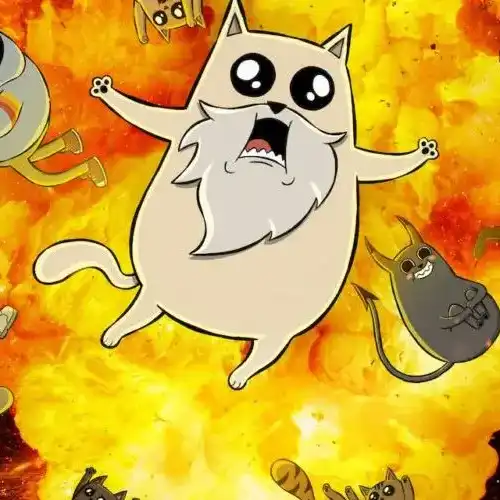
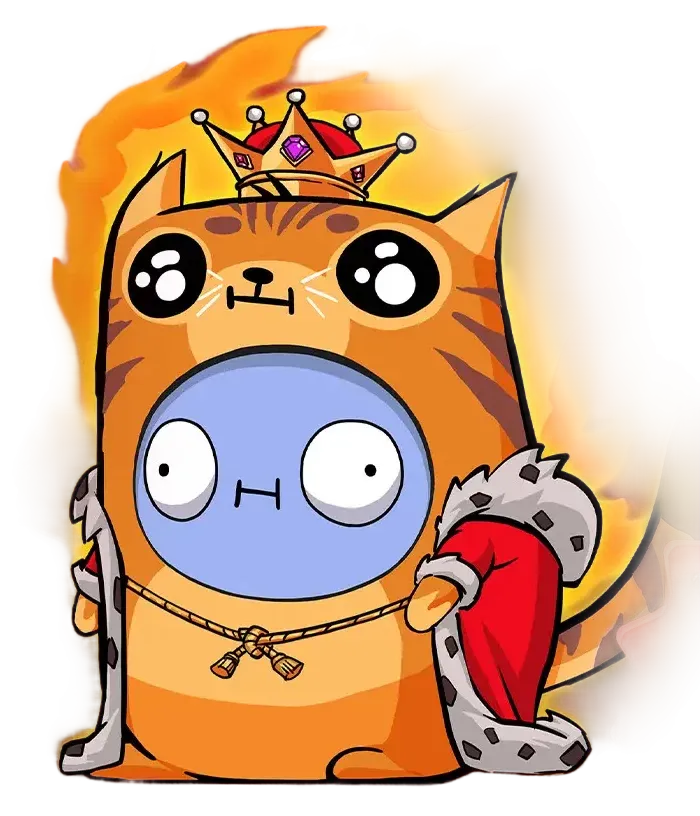
Detailed reviews and recommendations of the most exciting and popular game projects that have won the hearts of millions of players around the world. Discover new horizons of virtual adventures that range from fast-paced adrenaline-fueled action games to deep strategies that require careful planning and tactics. Keep up to date with the latest trends and latest innovations in the gaming industry, which are constantly evolving and surprising. We cover both indie games and big releases so that every gamer can find something to their liking. Join our friendly community of gamers, exchange opinions and find your ideal game for an unforgettable pastime and exciting evenings full of fun and adventure.
To learn more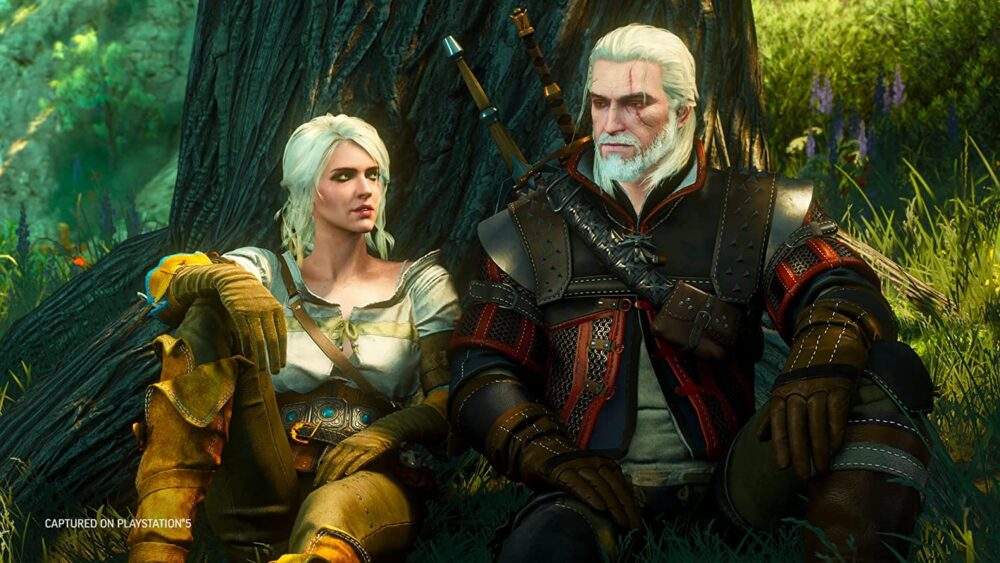
Fantasy worlds are often filled with mini-games, but not every one of them becomes a separate legend. In The Witcher 3: Wild Hunt, card battles have gone beyond ordinary entertainment, becoming a full-fledged strategic part of the universe. By understanding the rules of the Gwent game, you can not only enjoy tactical duels but also …
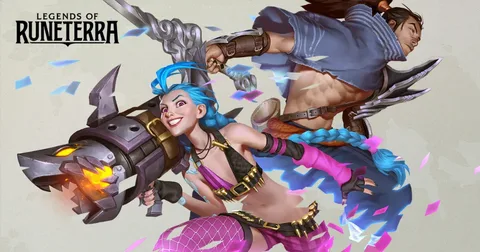
The world has long ceased to look condescendingly at card games. They have left kitchen tables and flown into eSports, turning each match into a chess duel with animation. But the Legends of Runeterra game review shows what happens when the CCG genre finds a new entry point — without templates, randomness, and moral fatigue …
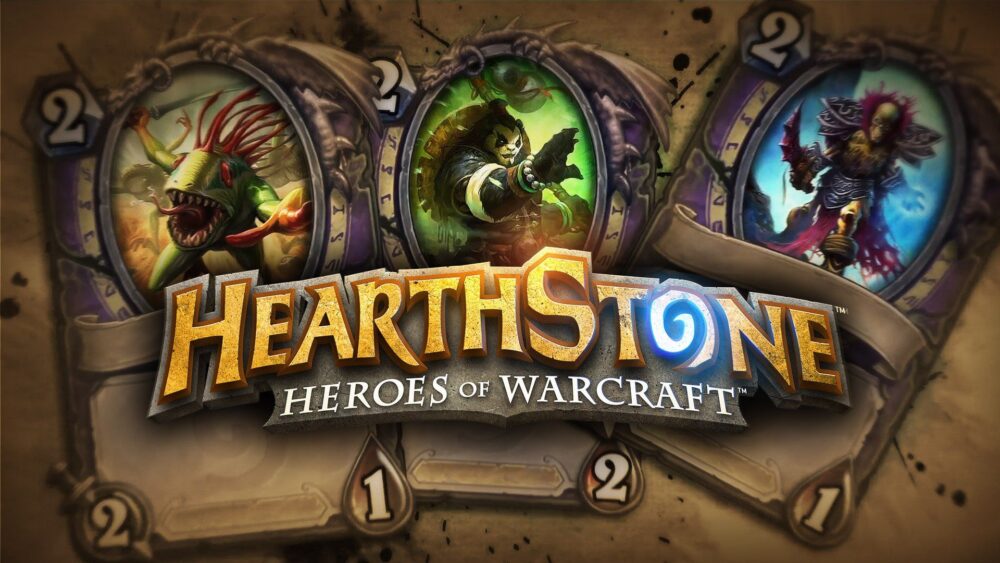
The “Battlegrounds” mode in Hearthstone has long outgrown the format of a simple addition to the card game, turning into a standalone strategic battle. Here your deck — creatures in Bob’s tavern, and success depends not so much on card draw as on skillful management of gold, synergy choices, and timely tavern upgrades. To consistently …

The presentation of new games at the Future Games Show 2025 became a significant milestone in the industry. It brought together leading studios and unveiled a lineup of the most anticipated projects in the coming years. This year, the focus was on the scale of demonstrations, visual progress, and the return of iconic series. The …

By the time Marvel Snap was released, the game faced a genre already filled with options. Collectible card projects offered players dozens of alternatives, but Snap took a different path. Instead of following familiar schemes, developers created their own gaming universe – fast, smart, and rhythmic. Each match lasts just a couple of minutes, like …
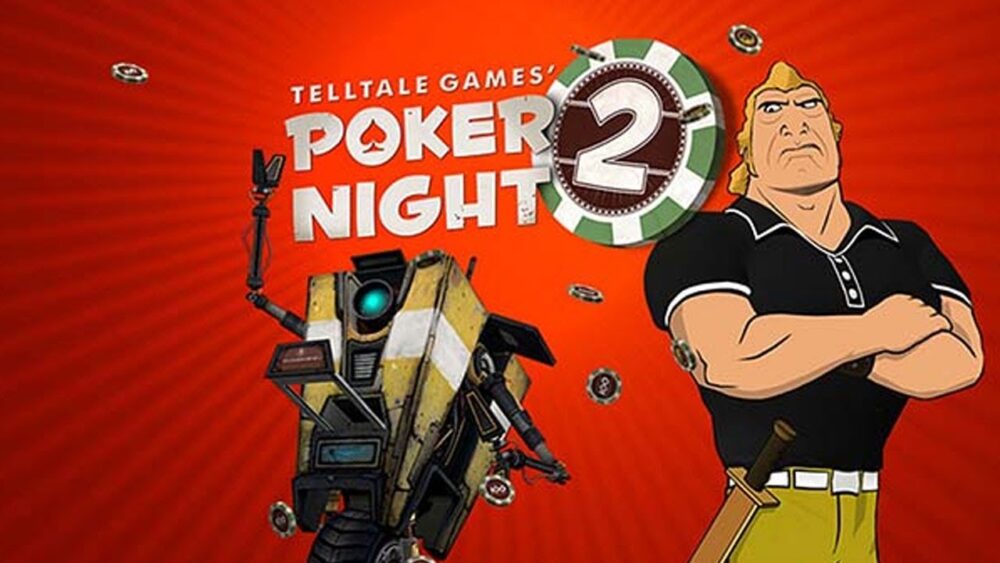
In casual games, projects that combine the cold calculation of poker and satire of cartoon anti-heroes rarely come out. The review of Poker Night 2 demonstrates exactly this eclecticism. At the intersection of fan culture, strategy, and crazy lines that even experienced stand-up comedians don’t throw around. Fight Club at the Cards: Game Concept The …

Fantasy worlds are often filled with mini-games, but not every one of them becomes a separate legend. In The Witcher 3: Wild Hunt, card battles have gone beyond ordinary entertainment, becoming a full-fledged strategic part of the universe. By understanding the rules of the Gwent game, you can not only enjoy tactical duels but also …

The world has long ceased to look condescendingly at card games. They have left kitchen tables and flown into eSports, turning each match into a chess duel with animation. But the Legends of Runeterra game review shows what happens when the CCG genre finds a new entry point — without templates, randomness, and moral fatigue …

The “Battlegrounds” mode in Hearthstone has long outgrown the format of a simple addition to the card game, turning into a standalone strategic battle. Here your deck — creatures in Bob’s tavern, and success depends not so much on card draw as on skillful management of gold, synergy choices, and timely tavern upgrades. To consistently …

The presentation of new games at the Future Games Show 2025 became a significant milestone in the industry. It brought together leading studios and unveiled a lineup of the most anticipated projects in the coming years. This year, the focus was on the scale of demonstrations, visual progress, and the return of iconic series. The …

By the time Marvel Snap was released, the game faced a genre already filled with options. Collectible card projects offered players dozens of alternatives, but Snap took a different path. Instead of following familiar schemes, developers created their own gaming universe – fast, smart, and rhythmic. Each match lasts just a couple of minutes, like …

In casual games, projects that combine the cold calculation of poker and satire of cartoon anti-heroes rarely come out. The review of Poker Night 2 demonstrates exactly this eclecticism. At the intersection of fan culture, strategy, and crazy lines that even experienced stand-up comedians don’t throw around. Fight Club at the Cards: Game Concept The …
Welcome to our blog dedicated to reviews of online games for PC and consoles! Here you will find detailed and objective reviews of the most popular and interesting games that will help you make the right purchase choice. Our team of experts thoroughly tests each game, evaluating its graphics, gameplay, plot, and other important aspects. Whether it’s exciting action games, engaging RPGs, or casual indie projects, we’ll try to uncover all the strengths and weaknesses of each game. Join us and discover new horizons in the world of virtual entertainment!
To learn more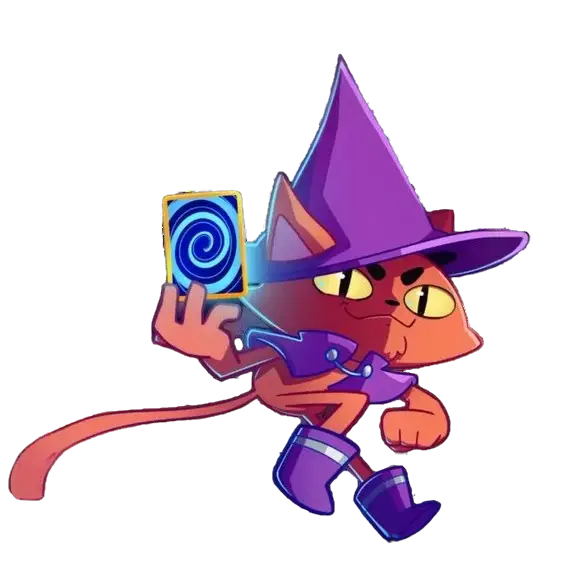

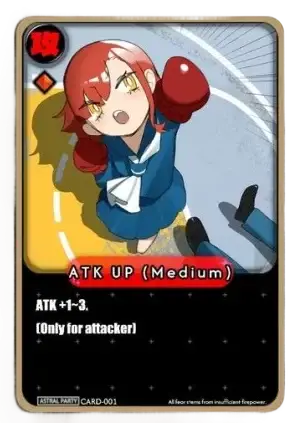

Follow online games - this is a great opportunity to watch exciting matches, find out the latest news and trends in the gaming world. This allows you to stay up to date and be at the center of the gaming industry.
Working in the field of game dev opens up wide opportunities for creative expression and professional growth. You will be able to create exciting games that will delight players around the world, and constantly improve your skills in a dynamic industry.
Playing online games provides many advantages. It allows you to have fun, relax and unwind anytime, anywhere. In addition, online games develop logical thinking, improve reaction time and coordination. They also help relieve stress and improve your mood.
Dune: Imperium, an immersive strategy game, debuted in 2020, immersing players in the rich and complex world of Frank Herbert's iconic Dune universe.
American Motorcycle Simulator is an exciting game, first introduced in 2018, immersing players in the fascinating world of American motorbike culture and history.
Moonbreaker is an exciting game released in 2022, offering players an immersive experience in a multi-layered science fiction world. It immerses users in an elaborate universe with intriguing characters and unusual plot twists, making it an unforgettable experience for fans of the genre.

As a streamer, I love this blog about online games. Here is a deep and objective look at the industry that inspires and entertains.

★★★★★
As a game developer, I absolutely love this blog about online games! Here you can find a lot of useful tips and interesting reviews that help players keep up to date with the latest trends.

★★★★★
A gaming blog worth reading! The reviewer shares her impressions of new online games. Find out what she thinks about the latest releases.

★★★★★